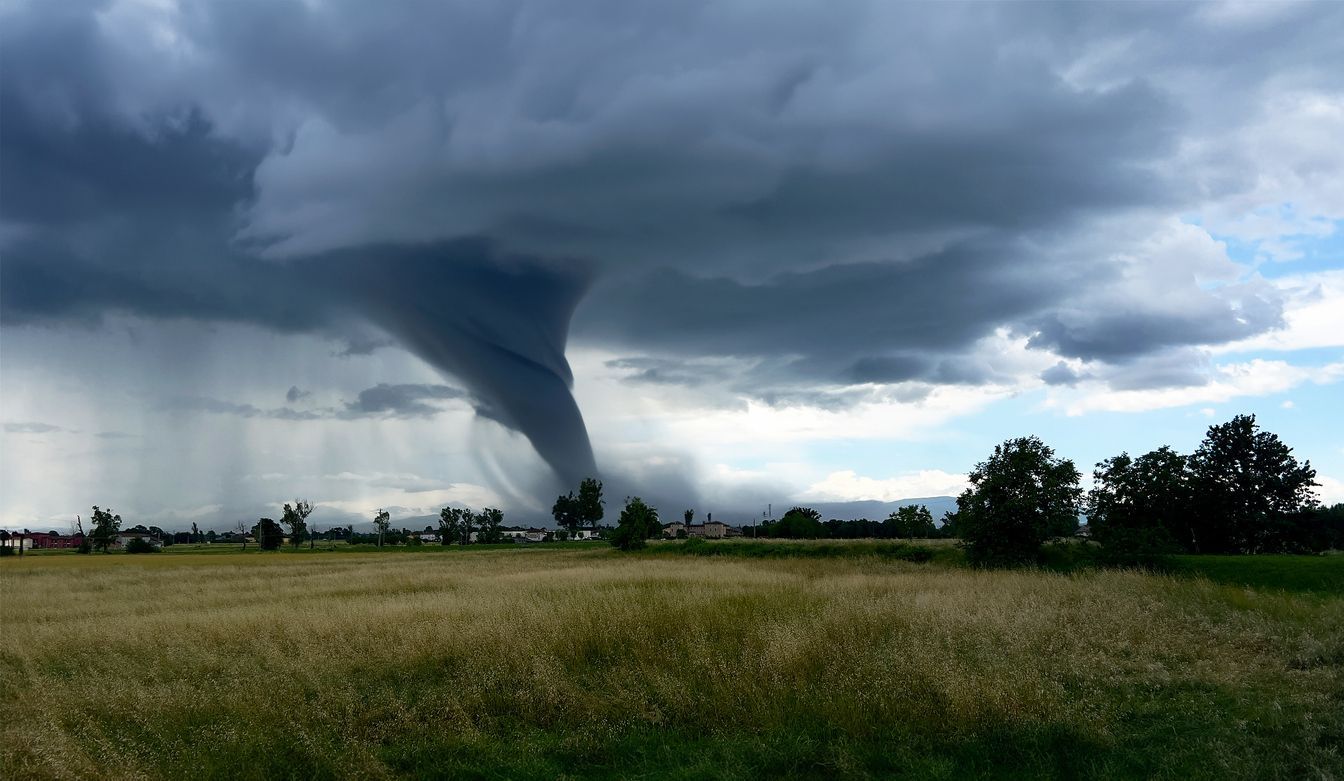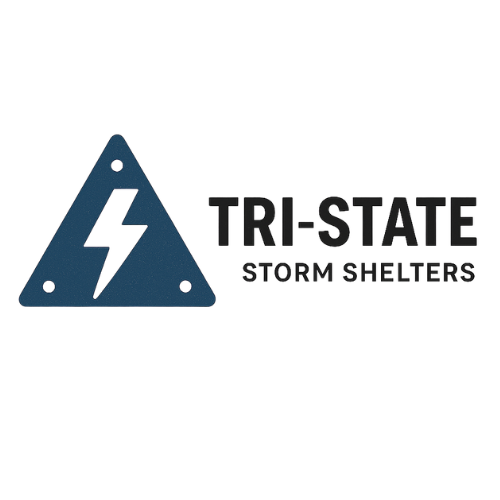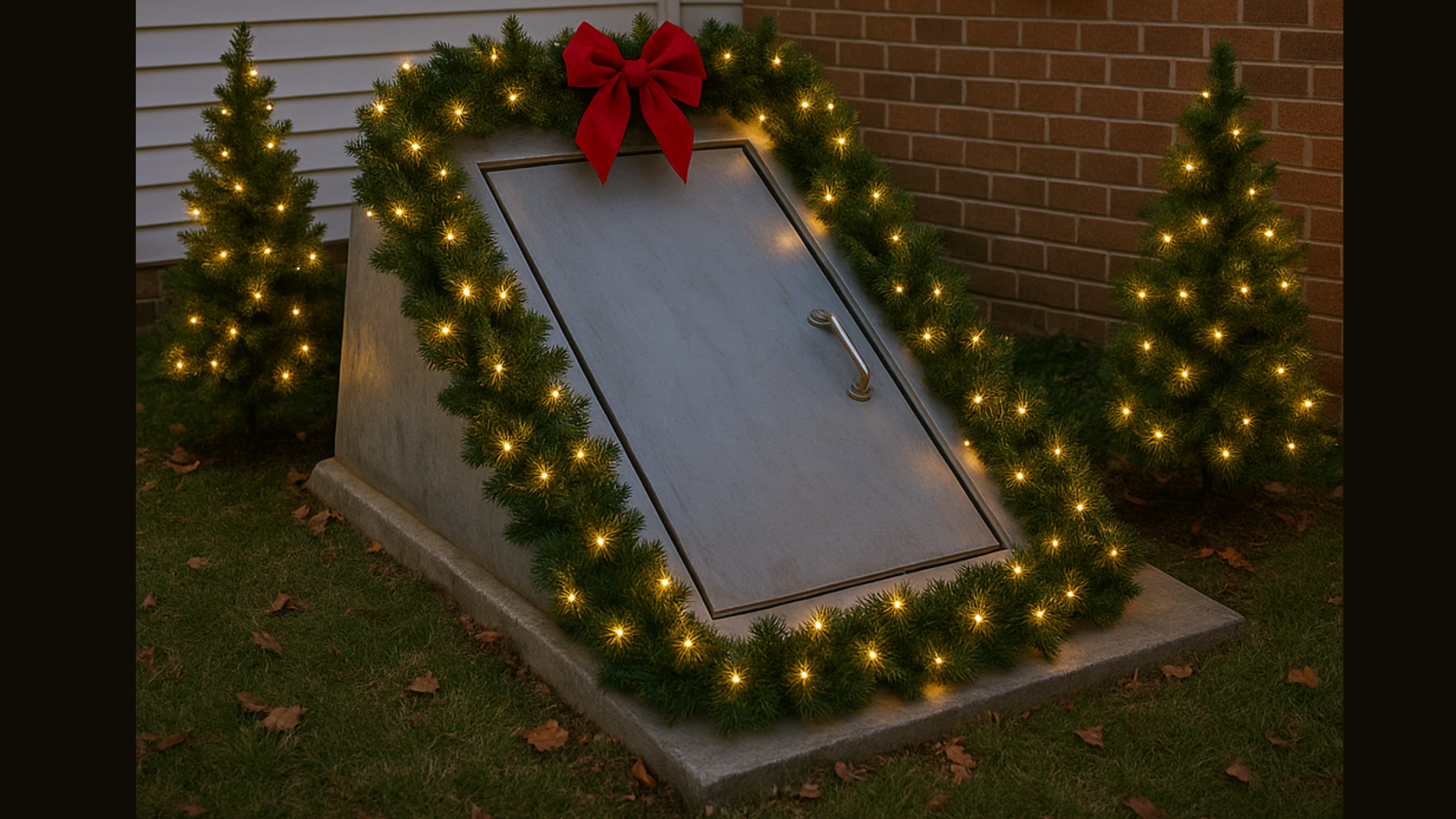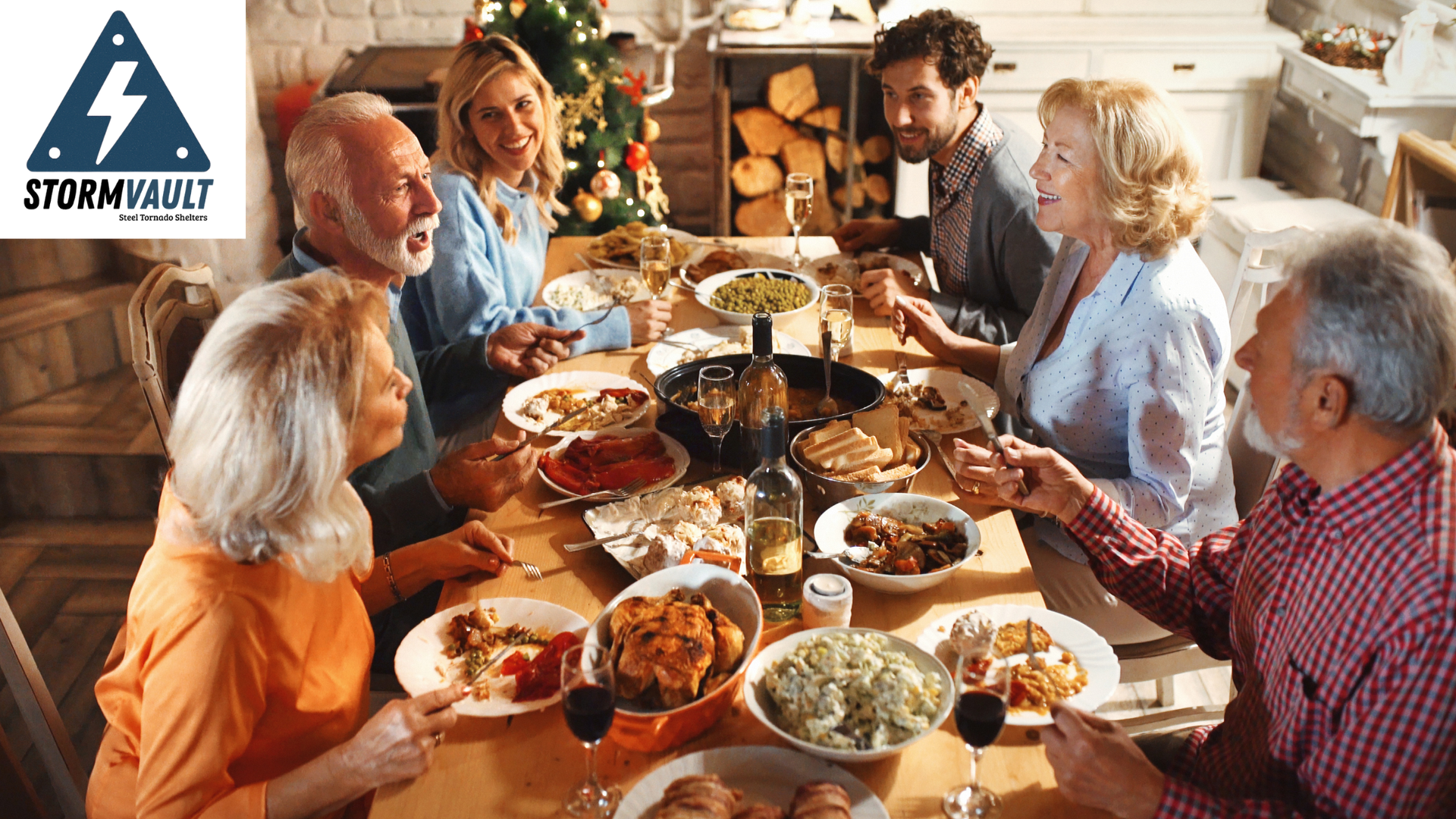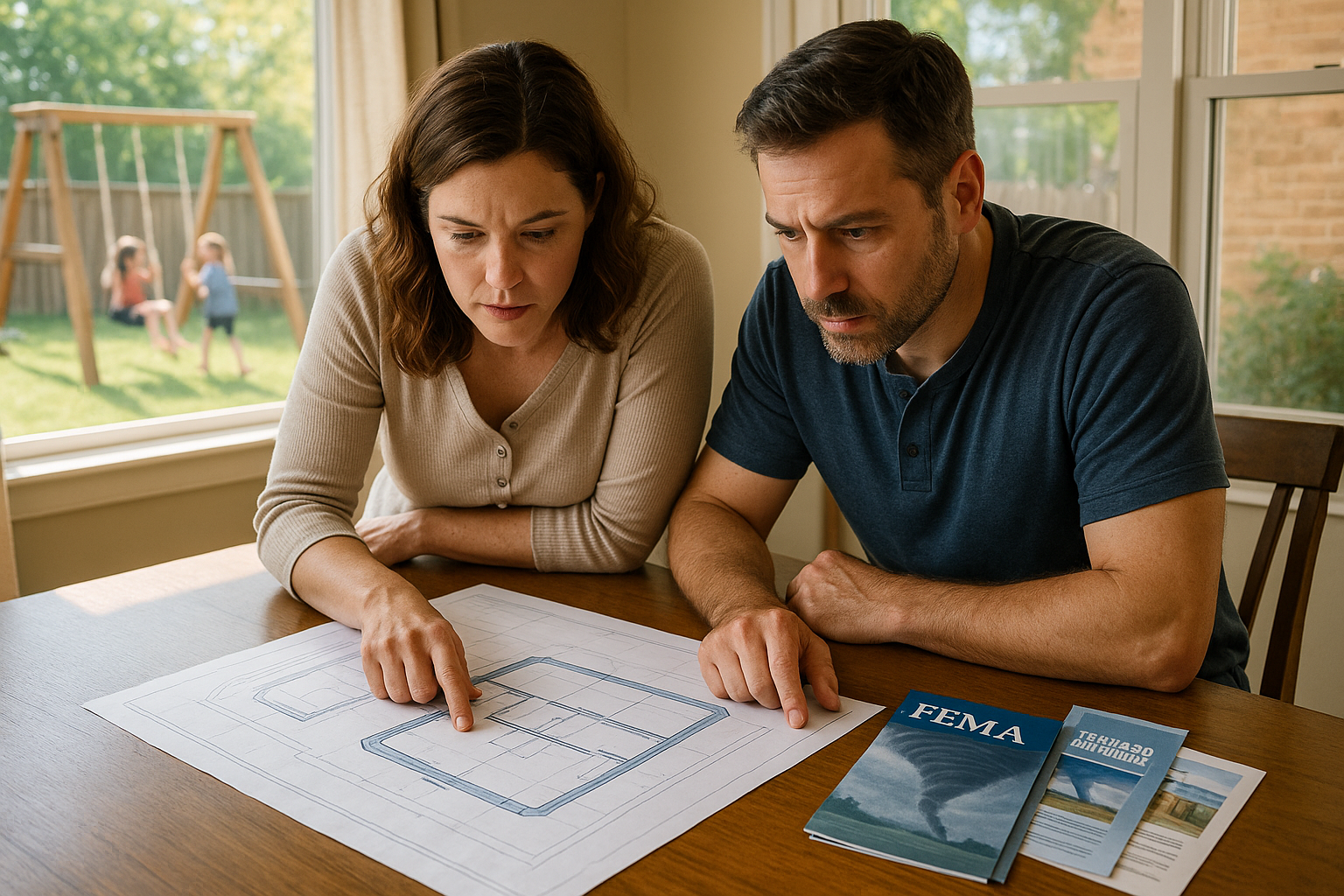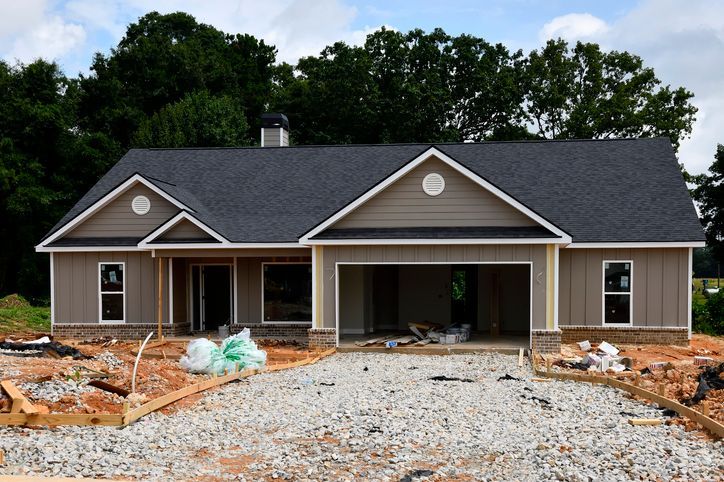What to Look for When Buying a Home Storm Shelter in Kentucky, Illinois, and Indiana
If you live in Kentucky, Illinois, or Indiana, you’re no stranger to the threat of severe storms and tornadoes. These states sit squarely in what meteorologists call “Tornado Alley,” and with recent increases in tornado frequency and strength across the Tri-State region, protecting your home and family has never been more important.
One of the most reliable ways to stay safe during a tornado is to have a properly built and professionally installed storm shelter. But not all storm shelters are created equal. Before you invest in one, it’s important to know what to look for—especially in terms of safety standards, materials, placement, size, installation, and cost.
In this guide, we’ll walk you through the key factors to consider when buying a home storm shelter so you can make an informed, confident decision for your family’s safety.
1. Why Storm Shelters Matter in the Tri-State Area
The National Weather Service reports that Kentucky, Illinois, and Indiana experience dozens of tornadoes each year, with storms often producing EF3 to EF5-level damage. In these events, homes can be completely destroyed—especially if they lack a basement or reinforced safe space.
Storm shelters provide a secure, above- or below-ground space specifically engineered to withstand these violent storms. When seconds count, a shelter can be the difference between life and death.
2. Choose a Shelter Built to FEMA and ICC/NSSA Standards
First and foremost, make sure the storm shelter you choose meets or exceeds the standards set by:
- FEMA P-320 and P-361: These guidelines outline the design and construction of safe rooms that provide “near-absolute protection.”
- ICC 500 / NSSA: The International Code Council and the National Storm Shelter Association offer building codes that shelters must meet for wind resistance, debris impact, ventilation, and more.
When a shelter is labeled as FEMA- or ICC-compliant, it means it has passed rigorous testing, including withstanding 250 mph winds and flying debris impact tests.
Tip: Ask for documentation from the manufacturer or installer verifying that their shelters meet these standards. If they can’t provide it, look elsewhere.
3. Material: Why Steel is a Top Choice
Storm shelters can be made from concrete, fiberglass, or steel. Each has its advantages, but steel is often considered the gold standard for residential use due to its strength, longevity, and resistance to cracking or leakage.
Benefits of Steel Storm Shelters:
- Extremely durable under tornado conditions
- Less prone to moisture intrusion than concrete
- Faster installation (especially for above-ground models)
- Easier to relocate if needed
Look for shelters built with thick, powder-coated steel and reinforced doors with multiple locking points.
4. Above-Ground vs. Below-Ground: What’s Best for You?
There’s no one-size-fits-all answer here—it depends on your home, mobility needs, and personal preference.
Below-Ground Shelters
- Often installed in a yard, garage floor, or basement
- Offers natural protection by being underground
- May flood if not properly sealed or if the water table is high
Above-Ground Shelters
- Installed in a garage, on a slab, or even inside the home
- Easier access for people with limited mobility or those in wheelchairs
- Can offer just as much protection if built to FEMA/ICC specs
Tip: In many areas of Kentucky, Illinois, and Indiana, flooding is a concern. If your property is prone to water buildup, an above-ground shelter may be the safer, more practical option.
5. Proper Sizing: Don’t Skimp on Space
Storm shelters come in various sizes—some designed for two people, others for ten or more. When considering what size you need, think beyond just the number of people in your household.
Factors to Consider:
- Pets (you’ll likely want to bring them in with you)
- Emergency supplies (water, food, battery-powered radio, flashlights)
- Comfort during extended shelter stays (storms sometimes come in waves)
As a general rule, allow for at least 5 square feet per person in an above-ground shelter and 6 square feet per person in a below-ground unit.
6. Installation: Experience Matters
Even the best shelter won’t do its job if it’s improperly installed. Look for a local, reputable installer with years of experience and references you can check. This is especially important in the Tri-State region, where soil composition, foundation types, and seasonal weather can impact installation success.
Good Installers Will:
- Evaluate your property to recommend the best type of shelter
- Pull any required permits
- Anchor the shelter correctly (especially important for slab-mounted models)
- Test and inspect the shelter before finalizing the job
Bonus Tip: A local company based in the Tri-State area will be more familiar with regional regulations and conditions—and often more responsive for maintenance or future upgrades.
7. Ventilation and Emergency Egress
Don’t overlook ventilation—it’s a critical safety feature. A good storm shelter will have:
- At least two air vents, designed to keep airflow steady even during long stays
- Internal locking mechanisms that can’t jam or trap you inside
- An emergency exit plan or secondary egress point in case the main door is blocked
Look for shelters that include passive vents that resist water intrusion while allowing for continuous airflow.
8. Cost and Financing: What to Expect
A high-quality steel storm shelter that meets FEMA standards will typically cost between $4,000 and $8,000, depending on size, features, and installation type.
Here’s a rough cost breakdown:
- Smaller, below-ground unit (2-4 people): $3,500–$5,000
- Mid-size above-ground unit (6-8 people): $5,000–$7,500
- Large, community-style shelter (10+ people): $7,500 and up
Some companies, like Tri-State Storm Shelters, offer affordable options and even financing to make storm protection accessible for every family. You may also qualify for local or federal rebates, depending on your location and income level.
9. Customization and Extras
Today’s storm shelters offer far more than just a steel box. Many companies offer custom options like:
- Built-in seating or benches
- Storage shelves for supplies
- Solar-powered lighting or battery backup lights
- First aid kits and fire extinguishers
- Phone charging ports or antenna hookups
Think about what you’d want or need during a storm emergency, especially if you live in a rural part of the Tri-State where power outages or delayed emergency response may occur.
10. Reputation and Warranty: Know Who You’re Buying From
Not all shelter providers are equal. Before you sign on the dotted line, do your research.
Questions to Ask:
- Are they licensed and insured?
- How long have they been in business?
- Do they offer a warranty—and for how long?
- What do their customer reviews say?
Look for a company that provides a lifetime structural warranty and stands behind their work. In the Tri-State area, Tri-State Storm Shelters has built a reputation for reliability, high-quality steel construction, and attentive customer service.
Final Thoughts: Peace of Mind Is Priceless
Buying a home storm shelter is more than just another home improvement—it’s a life-saving investment. Whether you live in Louisville, Evansville, or southern Illinois, storms can strike with little warning, and the only protection you can count on is the one you’ve already prepared.
When you choose a steel shelter built to FEMA and ICC/NSSA standards, installed by a local expert, and properly sized for your family, you’re not just protecting your home. You’re protecting the people inside it.
Ready to Protect What Matters Most?
At Tri-State Storm Shelters, we specialize in affordable, super-strong steel tornado shelters built specifically for homeowners in Kentucky, Illinois, and Indiana. Whether you’re interested in a garage-installed above-ground shelter or a secure underground unit, we’ll help you choose the right solution—without breaking the bank.
Contact us today to learn more or schedule your free, no-obligation site evaluation.
